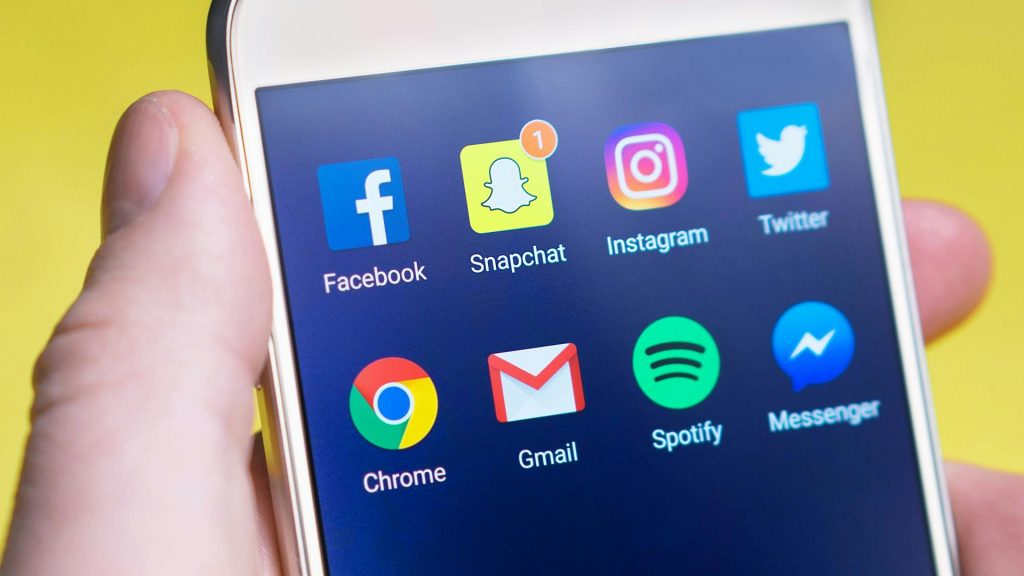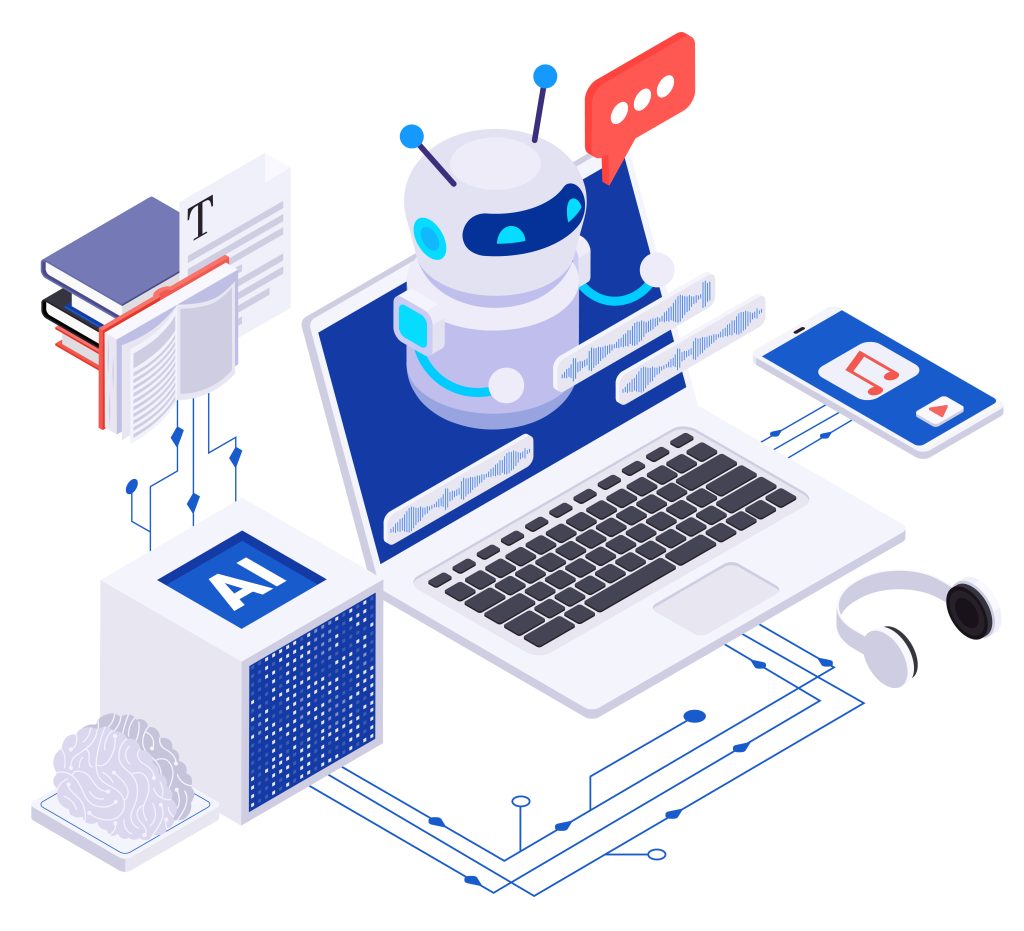
The Rise of Virtual Influencers: Shaping the Future of Digital Marketing
In the ever-evolving landscape of social media and digital marketing, virtual influencers have emerged as a groundbreaking phenomenon. These computer-generated characters are not only captivating audiences but also transforming the way brands engage with consumers. As businesses seek innovative strategies to connect with their target demographics, virtual influencers are rapidly gaining traction. This article delves into the rise of virtual influencers, their impact on the industry, and what the future holds.
What Are Virtual Influencers?
Virtual influencers are digital characters created using computer-generated imagery (CGI) and artificial intelligence (AI). Unlike traditional influencers, who are real individuals, virtual influencers exist solely in the digital realm. They can be programmed to exhibit specific personalities, styles, and behaviors, making them highly adaptable to various marketing campaigns. Some well-known examples include Lil Miquela and Imma who boast millions of followers across platforms like Instagram and TikTok.
The Appeal of Virtual Influencers
1. Consistency and Control
One of the primary advantages of virtual influencers is the level of control brands have over their personas. Unlike human influencers, whose behavior and opinions can vary, virtual influencers offer a consistent brand message. Companies can design their appearances, attitudes, and content strategies to align perfectly with their marketing goals. This predictability is particularly appealing for brands aiming to maintain a specific image.
2. Limitless Creativity
Virtual influencers enable brands to unleash their creativity without the constraints typically associated with human influencers. Brands can create elaborate storylines, fantastical environments, and unique visuals that capture audience attention. This creativity can lead to memorable marketing campaigns that stand out in a crowded digital space.
3. Diverse Representation
Virtual influencers can be designed to represent various cultures, ethnicities, and identities. This capability allows brands to resonate with a broader audience while promoting diversity and inclusivity. By creating characters that reflect the values of different demographics, brands can foster deeper connections with consumers.
The Impact on Marketing Strategies
1. Engagement and Interaction
Virtual influencers have shown a remarkable ability to engage with followers. Their interactive content, such as polls, Q&A sessions, short form video and live marketing, creates a sense of community among fans. This engagement drives higher interaction rates compared to traditional influencer campaigns, making virtual influencers an attractive option for brands seeking to enhance audience involvement.
2. Cost-Effectiveness
While high-profile human influencers can demand substantial fees, virtual influencers often present a more cost-effective alternative. Brands can avoid the unpredictability of human behavior and the risks associated with potential controversies. Additionally, the production costs for CGI characters can be justified by their unique appeal and marketing effectiveness.
3. Data-Driven Insights
Virtual influencers can be programmed to analyze audience data and adapt their strategies in real-time. This ability enables brands to refine their campaigns based on performance metrics, ensuring a more effective approach to digital marketing. By leveraging AI and data analytics, virtual influencers can optimize engagement and conversion rates.
The Future of Virtual Influencers
As technology continues to advance, the potential for virtual influencers is limitless. Here are some trends to watch:
1. Increased Integration with AI
With ongoing advancements in AI, virtual influencers will become even more sophisticated. They will be able to respond to follower comments, create personalized content, and even participate in real-time conversations, enhancing their relatability and engagement.
2. Greater Collaboration with Brands
As brands recognize the effectiveness of virtual influencers, we can expect to see more collaborations across industries. From fashion to gaming, virtual influencers will play a pivotal role in shaping marketing strategies and campaigns.
3. Enhanced Realism
The technology behind CGI is rapidly improving, leading to virtual influencers that look and act increasingly realistic. This realism will allow them to connect more authentically with audiences, further blurring the lines between digital and physical influencers.
Conclusion
The rise of virtual influencers marks a significant shift in the digital marketing landscape. With their ability to offer consistency, creativity, and engagement, they provide brands with innovative ways to connect with consumers. As technology continues to evolve, virtual influencers are set to play an even more prominent role in shaping the future of marketing. Brands that embrace this trend will be well-positioned to capture the attention of a new generation of consumers and redefine their marketing strategies in an increasingly digital world.


